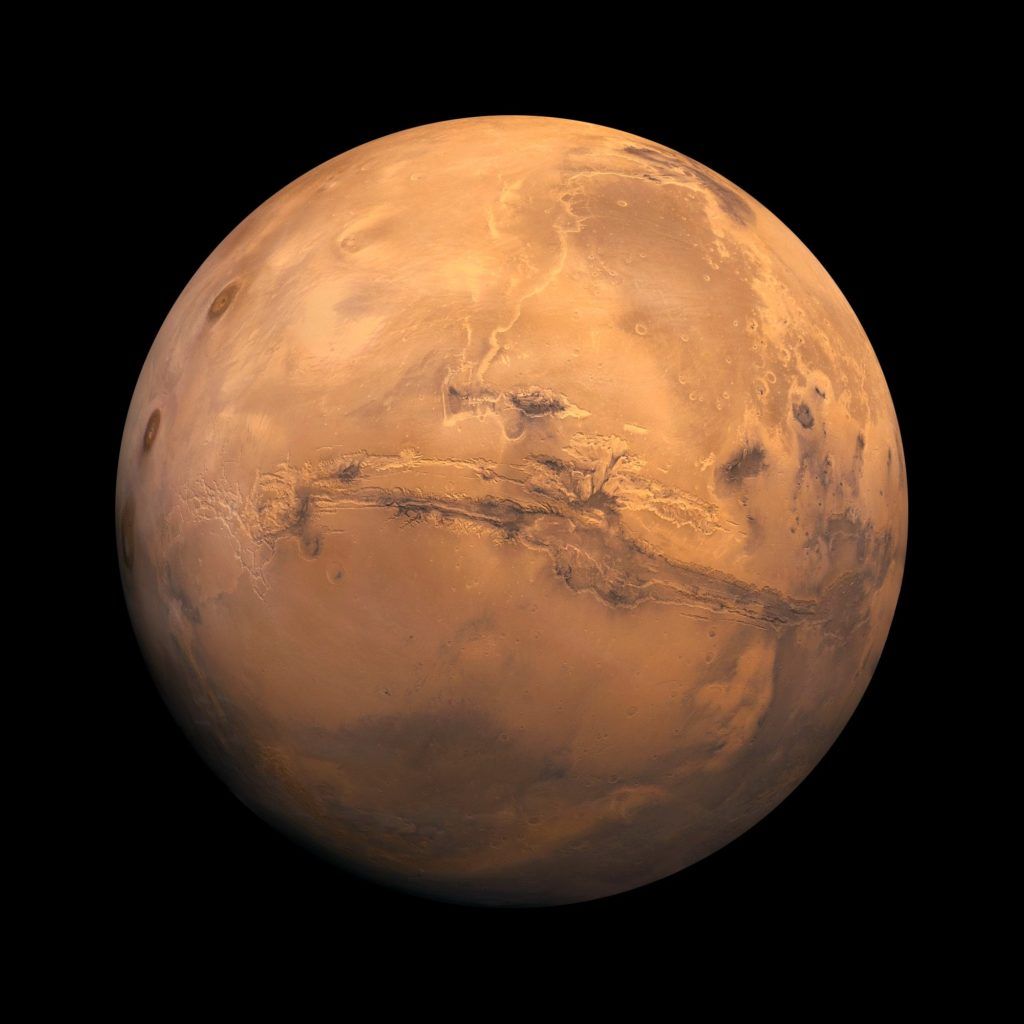A human mission to Mars – and back – needs to be timed to the most advantageous orbital dynamics and to support life independent of Earth for about 1,100 days, while transporting tons of cargo to the Martian surface.
The Martian atmosphere is thin, and dusty, and dangerous. It’s a long way from home, with communications blackouts up to 44 minutes a day – and maybe for weeks. And yet NASA’s team is confident these obstacles may be overcome.
Crews will need to learn how to survive in a hostile atmosphere, provide their own medical care, grow their own food, engineer new tools, and conduct research needed to improve their living conditions.
It sounds daunting. But so did going to the moon, and building a crewed space station! We did that. We can do this. Check out this video about the phased approach to the Path to Mars.
